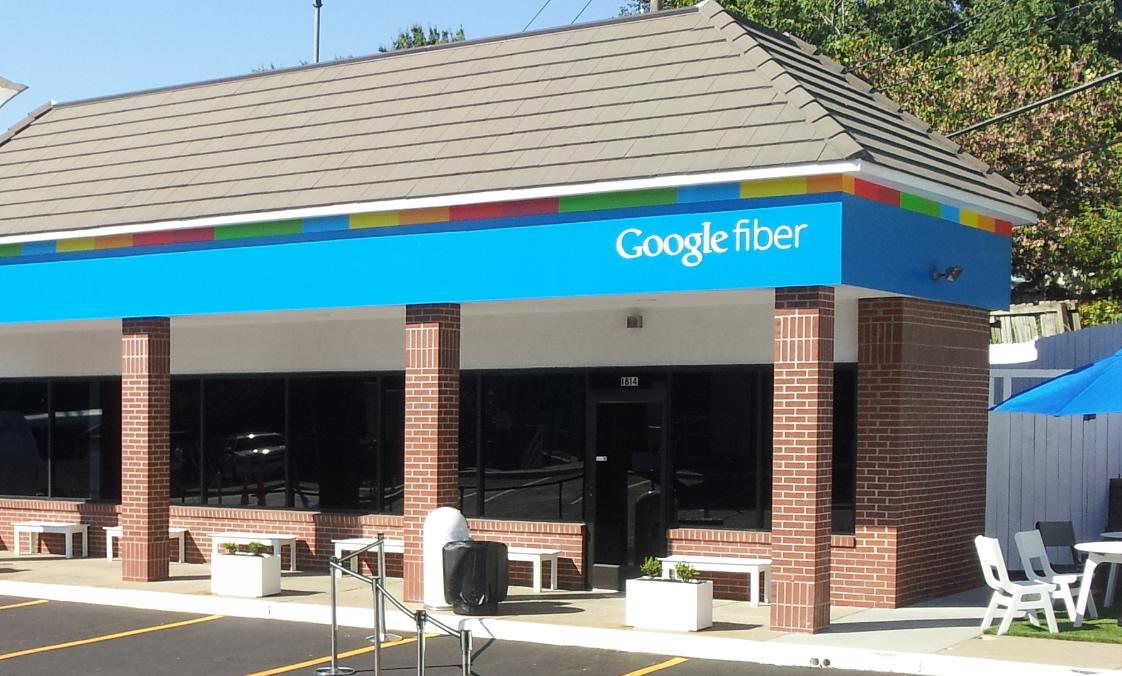
Lucky folks in Kansas! After rolling out Google Fiber to Kansas City, Google will be bringing its ultra fast broadband Internet network to the city of Olathe – eventually.
Although the Olathe City Council unanimously gave Google the green light to start building its network to the city earlier this week, it will be a while before Google can start laying down the actual wires into the ground. As Google said in its blog post announcing Google Fiber’s expansion into the fast-growing Kansas city, “We still have a lot of planning and engineering work to do before we’re ready to bring Fiber to Olathe.”
Bringing Fiber to Olathe includes letting people sign up for Google Fiber to give the company a sense of where it will be building its “fiberhoods.” Google builds its network by demand so you will need to pre-register if you want Google Fibre in your home, and only those areas with enough households wanting Fiber will get it. However, Google is not even ready to start this process yet so residents should stay tuned for construction schedules and updates.
While Google gets its act together, you have some time to decide on the type of service you’d want to subscribe to. Google Fiber promises up to 1GB of upload and download speeds plus crystal clear high-definition television for relatively reasonable prices: $70 per month for just Internet, or $120 per month that includes both net connection and TV service. Alternatively, you can choose the free Internet option for standard broadband speeds at up to 5MB for downloads, but Google will charge you a one-time installation fee of $300 to bring this service to your home.
Where will Google bring Fiber to next?
Editors' Recommendations
- Google brings AI to every text field on the internet
- All of the internet now belongs to Google’s AI
- Google Fiber is bringing high-speed internet to five new states
- Super fast 10Gbps internet edges one step closer to your home
- Frontier brings 2-gigabit fiber plan to its Wi-Fi network

